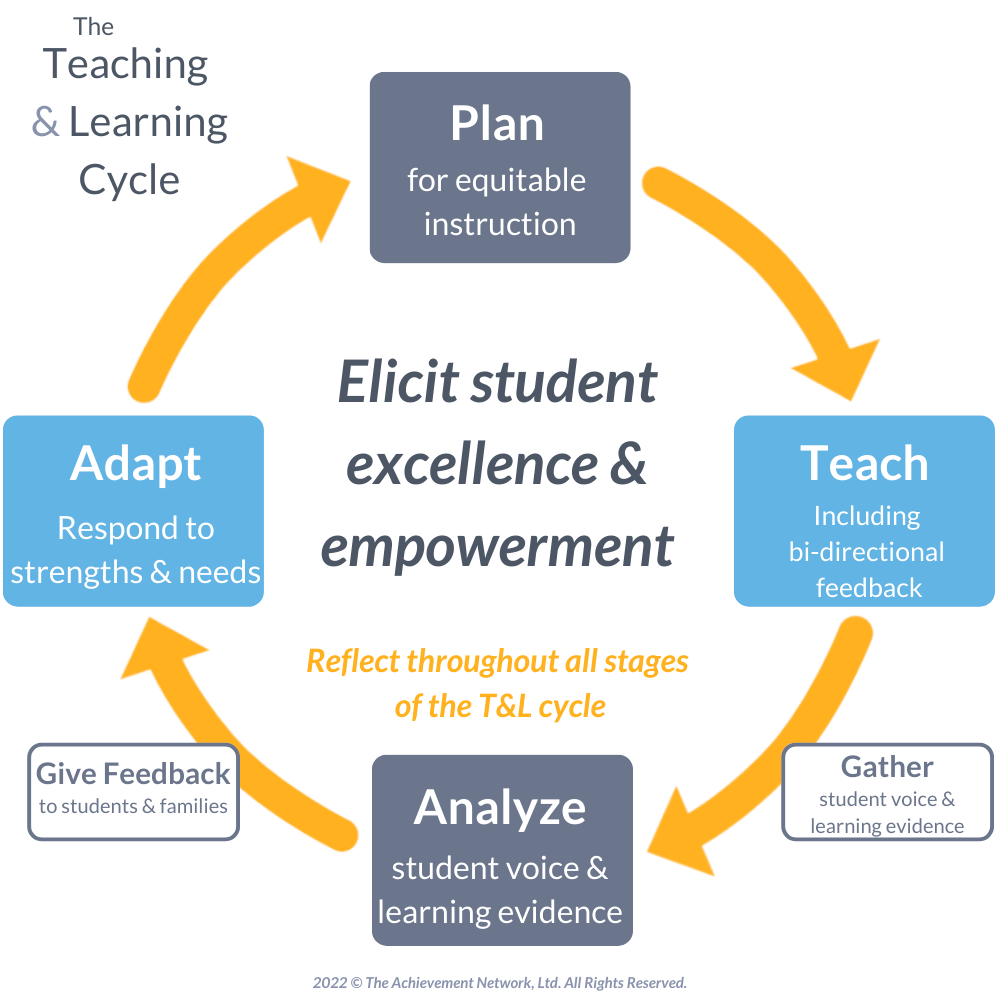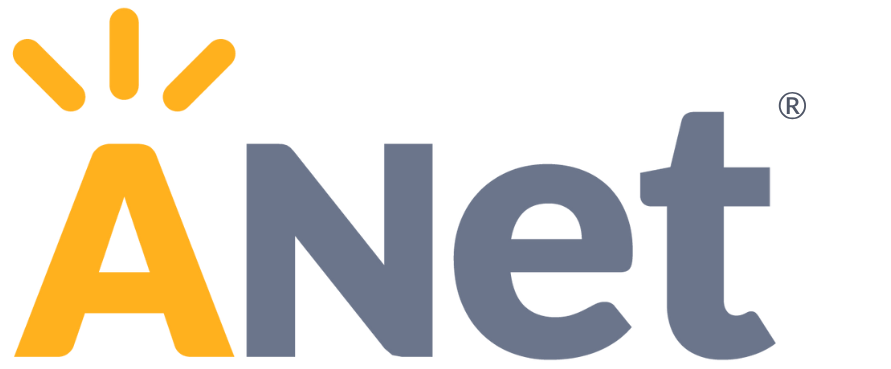When Chinook Middle School began their partnership with ANet last year, they weren’t sure what to expect.
“I hoped ANet’s support, tools, and resources would help us break a plateau,” recalls Russell White, Chinook’s principal. “Our results hadn’t changed in years. We’d tried new pedagogical practices without seeing change. Would ANet be the boost we needed to help more students succeed—or just one more experiment that didn’t leave an impact?”
“Would ANet be the boost we needed to help more students succeed—or just one more experiment that didn’t leave an impact? ”
This is the story of one of the school’s teams: seventh-grade ELA. Like most of Chinook, they entered the partnership cautiously. What they were doing felt comfortable. They trusted that the district curriculum would set students up for success: after all, the majority of their students reached proficiency year after year. Still, they committed to an honest attempt at implementing ANet’s guidance. And when they looked at initial assessment results and data analysis, the team agreed: they weren’t doing the very best they could be doing.
“We were ‘successful’ as a school, but we weren’t serving every student,” Russell explains. “And the team took the data as a charge to do better.”
Leaders, teachers, and coaches came together in a powerful partnership. Assistant principal Kathy Myers took on a central role, directly supervising ELA as they implemented new approaches. Susie Challancin, an instructional coach at Chinook, worked closely with teachers on day-to-day practices. And the teachers fully committed to making changes—even challenging ones.
%20(1000%20%C3%97%201000%20px).png)
Over the rest of the year, the team strengthened their collaboration, studied the data, analyzed their curriculum and instruction for skills gaps, and worked together to address those gaps. They learned how to implement cycles of improvement. They piloted a culturally responsive curriculum that gave students choices in texts and in how they demonstrated their learning. And they participated in every relevant PD opportunity they could find—in the building and beyond.
“We didn’t expect to see gains after the first year with ANet,” says Russell. “We knew it could take several years of full implementation to yield noticeable gains, instead of the same stagnant outcomes we’d come to expect.”
But for the seventh-grade ELA team, end-of-year summative data showed an overall proficiency rate gain from 71% in 2018 to 84% in 2019. And the same kids achieving that 84% had been at 73% proficiency as sixth graders. They weren’t only seeing gains in one grade level over time: they were seeing a cohort of kids who hadn’t achieved sixth-grade proficiency reach seventh-grade proficiency alongside their peers.
After talking about these exciting gains with their ANet coach, Kathy and Russell got curious about the details behind the numbers. They wondered, Have all students experienced this shift, or just the traditionally well-served groups? Are we actually making strides toward serving all students, or are marginalized kids being left behind?
The results spoke for themselves: in seventh-grade ELA, Black and Latinx students had made the biggest gains of all, leaping by more than 40%. This was the kind of progress the Chinook team wanted—and the kind of progress their students needed.

One person who wasn’t surprised by the team’s gains? Their ANet coach, Matt Kostecka. “What’s most exciting about Chinook’s seventh-grade data is that it was in fact predictable,” he says. “Kathy and Russell built their own knowledge of what it meant to align instruction and use data effectively, and they were working closely enough with Susie and the seventh-grade team to know they were doing the right stuff. The results showed everyone what’s possible—and now they can bring that progress to scale.”
The leaders at Chinook agree. “In just one year, our seventh-grade ELA team broke a plateau. I’m proud of them, and they’re proud of themselves. The work Kathy and Susie did alongside a full team of committed teachers made change possible. Because of what they’ve accomplished, Chinook as a whole is sold on the work we’re doing,” Russell says.
“In just one year, our seventh-grade ELA team broke a plateau... Because of what they’ve accomplished, Chinook as a whole is sold on the work we’re doing. ”
The teachers, too, are excited about the progress taking place. In the words of one seventh-grade ELA teacher, “We know we have the ability to change the narrative for our students, and we’re working on how to take our work to the next level.”
It isn’t just Chinook that can learn from the team’s gains: it’s something other schools can replicate, Matt says. “That link between leadership, tangible changes in teacher practice, and high growth is one that any school can apply to accelerate growth,” he explains. “Teachers, leaders, and instructional coaches all played important roles, and together they drove results. To me, what’s especially powerful is that even before they received the summative results, Kathy and Russell knew Susie and the seventh-grade team were doing the right stuff, and they could name what that was.”
With this dedicated team leading by example, everyone at Chinook looks forward to what is to come. They know they can do better—and they’re striving to do better every day, for every student.
